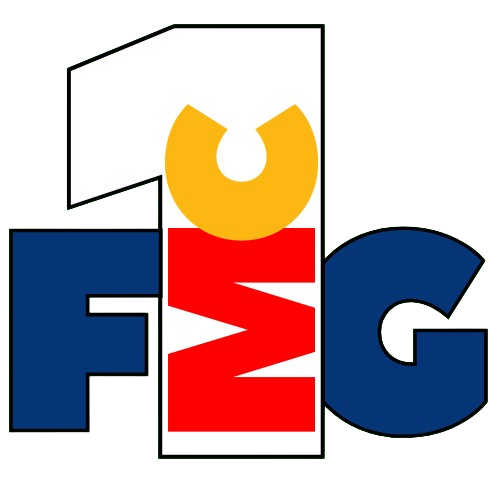Croatia Leads Adriatic Region in FMCG Price Inflation, Study Finds
Croatia experienced the sharpest rise in fast-moving consumer goods (FMCG) prices across the Adriatic region in 2023, according to new data from market research firm Valicon. The study, which compared year-on-year price increases in Croatia, Slovenia, Bosnia and Herzegovina, and Serbia, highlighted significant regional disparities in FMCG pricing trends.
On average, FMCG prices in Croatia rose by a substantial 12% compared to 2022, with inflation peaking in the first half of the year. In contrast, Slovenia recorded an average price increase of 9.1%, Bosnia and Herzegovina jumped by 8.4%, and Serbia posted a more moderate hike of 6.2%.
Valicon’s analysis indicated that food products were the primary driver of price growth across all countries, with Croatia particularly affected. Rising costs of dairy, meat, and bakery items contributed significantly to the inflation. Private label products, which have grown in popularity amid rising costs, saw pronounced price increases, with average hikes often surpassing those of branded alternatives.
Among the four markets, Croatia also registered the highest consumer perception of price increases, reflecting the tangible impact on shopping behaviours. The study noted a marked decrease in brand loyalty, with more Croatian consumers switching to private labels and seeking discounts to offset the rising costs. This shift presents ongoing challenges for premium brands as they work to retain market share and justify value propositions in a highly price-sensitive environment.
Despite the inflationary pressure, the study found that consumer spending on FMCG in Croatia remained relatively stable in volume terms, suggesting a prioritisation of essential goods, even at higher prices. However, adjustments in basket composition were observed, driven by budget considerations and promotional activity.
For FMCG stakeholders, these findings underline the importance of agile pricing strategies, enhanced promotional planning, and a sharper focus on value communication—especially in markets where price sensitivity is becoming a determining factor in purchasing decisions.
